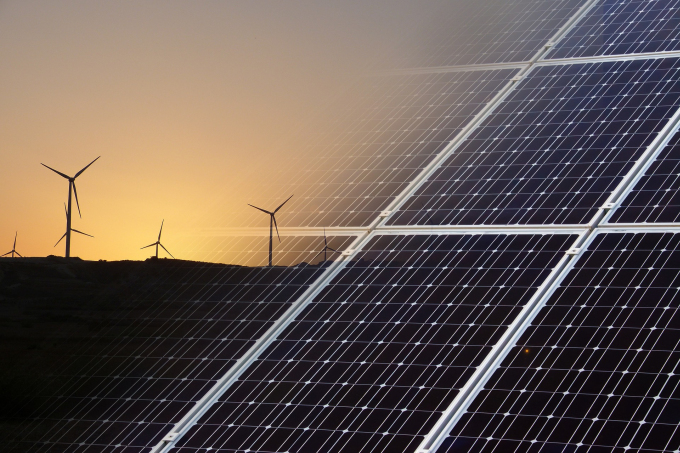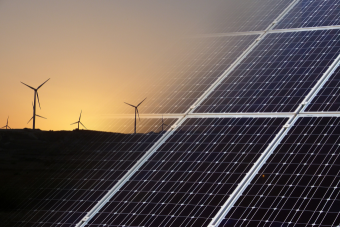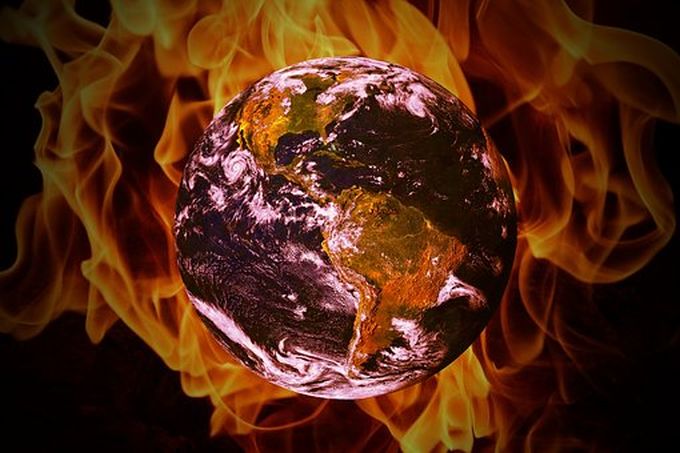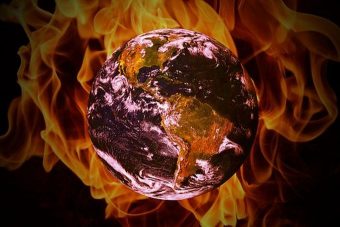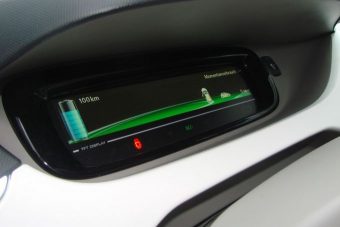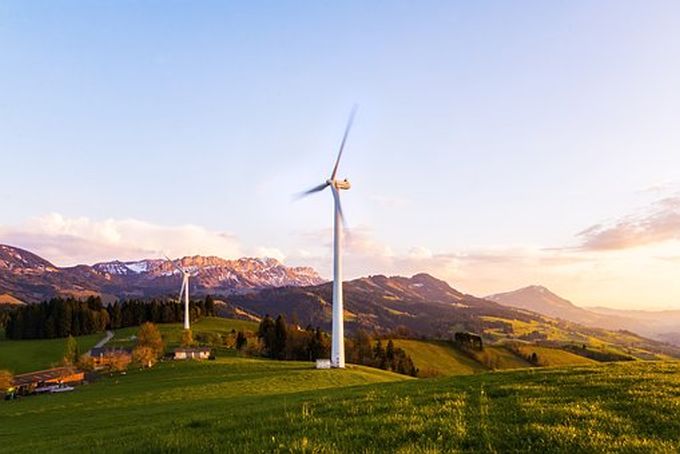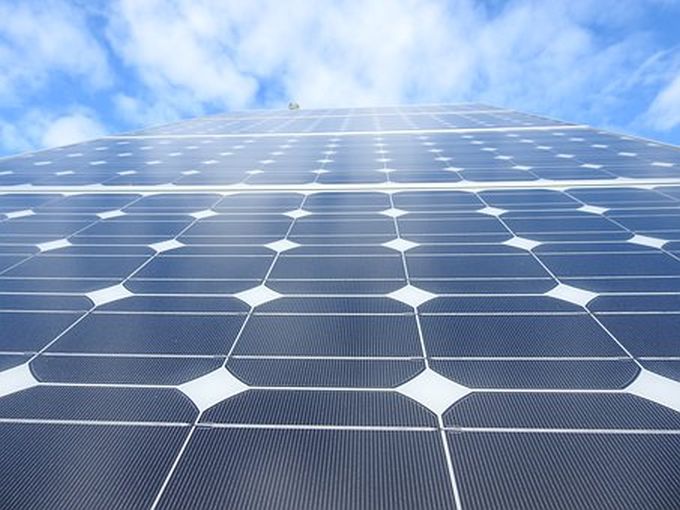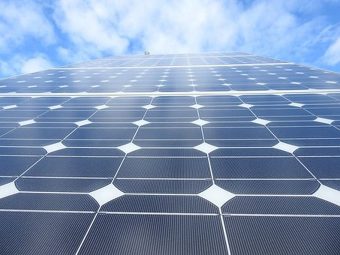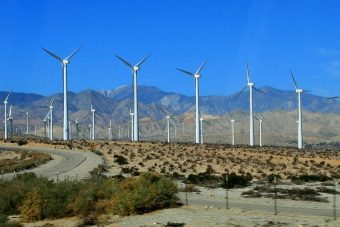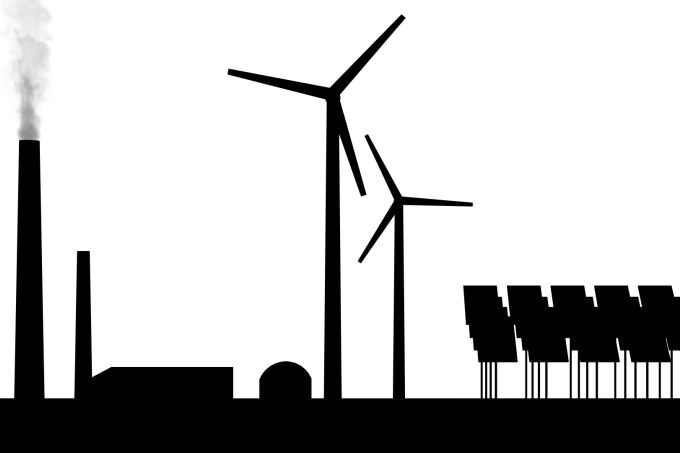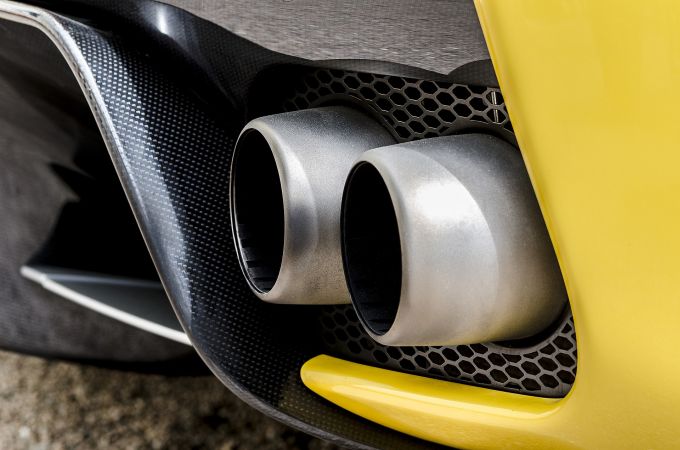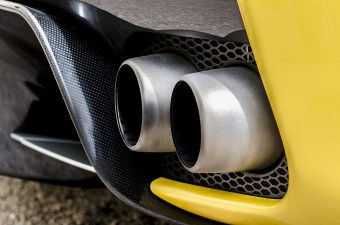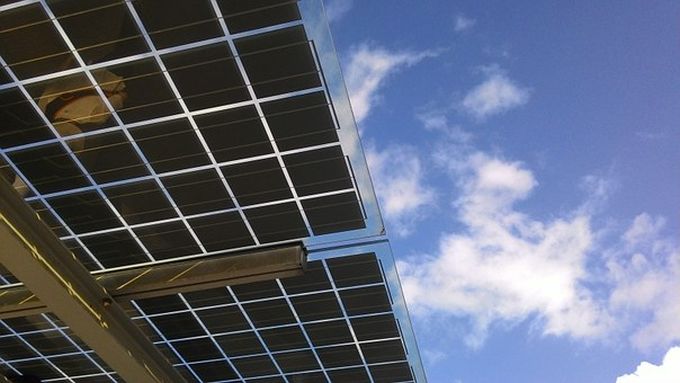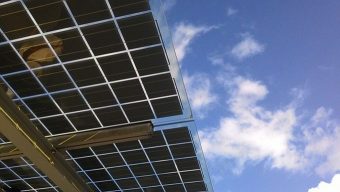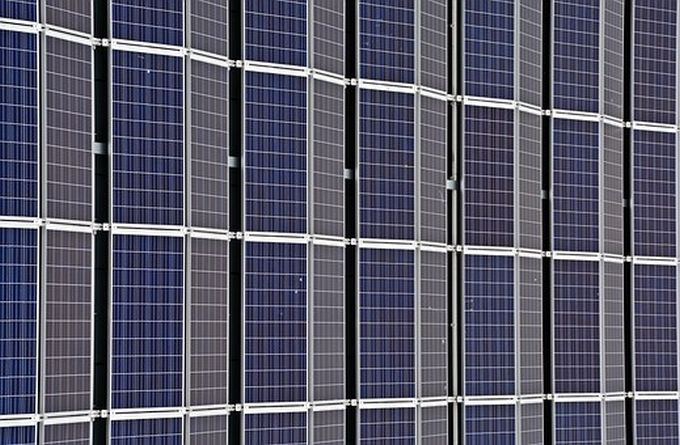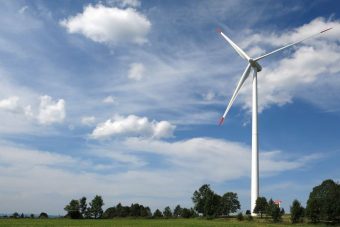
A Parisian woman is taking the French state to court for failing to protect her health from the effects of air pollution.
Clotilde Nonnez, a 56-year-old yoga teacher, says she has lived in the capital for 30 years and seen her health deteriorate.
However, it became worse than ever when pollution in Paris hit record levels last December.
Her lawyer says air pollution is causing 48,000 French deaths per year.
“We are taking the state to task because we think the medical problems that pollution victims suffer are as a result of the authorities’ lack of action in tackling air pollution,” François Lafforgue told Le Monde newspaper.
More cases would be brought in the coming weeks, in Lyon, Lille and elsewhere, he added.
Paris has struggled for years to combat high levels of smog and the authorities have introduced fines for any vehicle not carrying a “Crit’Air” emissions category sticker – part of a scheme to promote lower-emitting vehicles.
Several routes in the capital now have restrictions on car use and a 3km (1.8-mile) stretch of the Right Bank of the River Seine has become pedestrianised.
Ms Nonnez says she has led a healthy life, first as a dancer and more recently as a yoga teacher, but has increasingly suffered from respiratory problems, ranging from chronic asthma to pneumonia.
When pollution hit the worst levels for a decade last December, her existing bronchial condition prompted an acute pericarditis attack.
“The doctor treating me says Paris air is so polluted that we’re breathing rotten air. She has other patients like me, including children and babies too. My cardiologist says the same,” she told the France Info website.
Source: bbc.com





